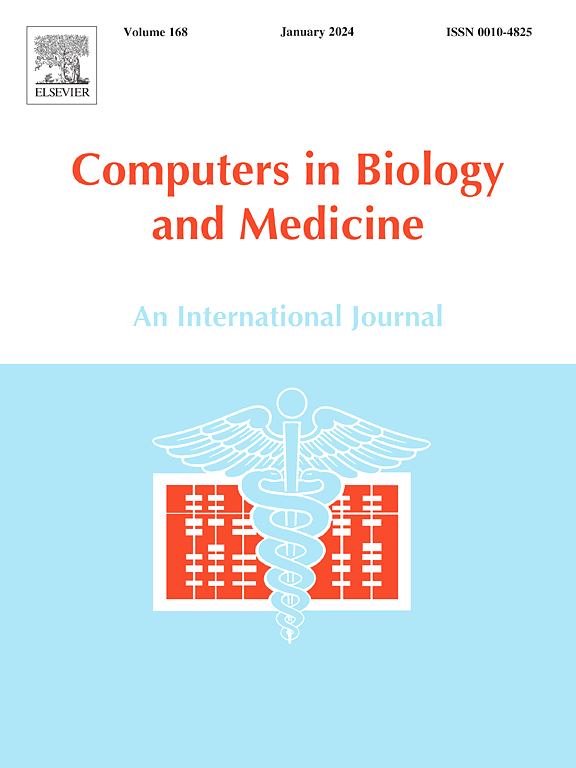Critical methodological factors influencing the accuracy of intraoral scanners in digital dentistry research
IF 7
2区 医学
Q1 BIOLOGY
引用次数: 0
Abstract
This in vitro study aimed to identify the key methodological factors influencing the accuracy of intraoral scanners (IOS). The primary factors analyzed included the length of the scanned area, the total number of alignment points, the software used for analysis, and the operator's expertise. Three IOS systems were assessed—CEREC Primescan, Trios 3, and Omnicam—along with a laboratory desktop scanner (inEos X5). Scans were performed on a mandibular typodont, with the Root Mean Square (RMS) error used to measure the discrepancies between reference and experimental scans. The results indicated that the length of the scanned area significantly affected the RMS values, with full-arch scans producing greater errors compared to those of quadrant scans. Additionally, the total number of alignment points in the standard tessellation language files positively influenced accuracy, although improvements plateaued beyond 20 points. The choice of processing software also impacted accuracy, with Geomagic Control X yielding significantly lower RMS values than those of MeshLab and CloudCompare. Finally, user expertise played a significant role in scanning accuracy, with the experience user achieving more precise results, especially when using the Trios 3 scanner.
Thus, the length of the scan, number of alignment points, software tools, and operator expertise significantly influence the accuracy of IOS, highlighting the importance of considering these methodological factors in both clinical and research settings for digital impressions.
求助全文
约1分钟内获得全文
求助全文
来源期刊

Computers in biology and medicine
工程技术-工程:生物医学
CiteScore
11.70
自引率
10.40%
发文量
1086
审稿时长
74 days
期刊介绍:
Computers in Biology and Medicine is an international forum for sharing groundbreaking advancements in the use of computers in bioscience and medicine. This journal serves as a medium for communicating essential research, instruction, ideas, and information regarding the rapidly evolving field of computer applications in these domains. By encouraging the exchange of knowledge, we aim to facilitate progress and innovation in the utilization of computers in biology and medicine.
 求助内容:
求助内容: 应助结果提醒方式:
应助结果提醒方式:


